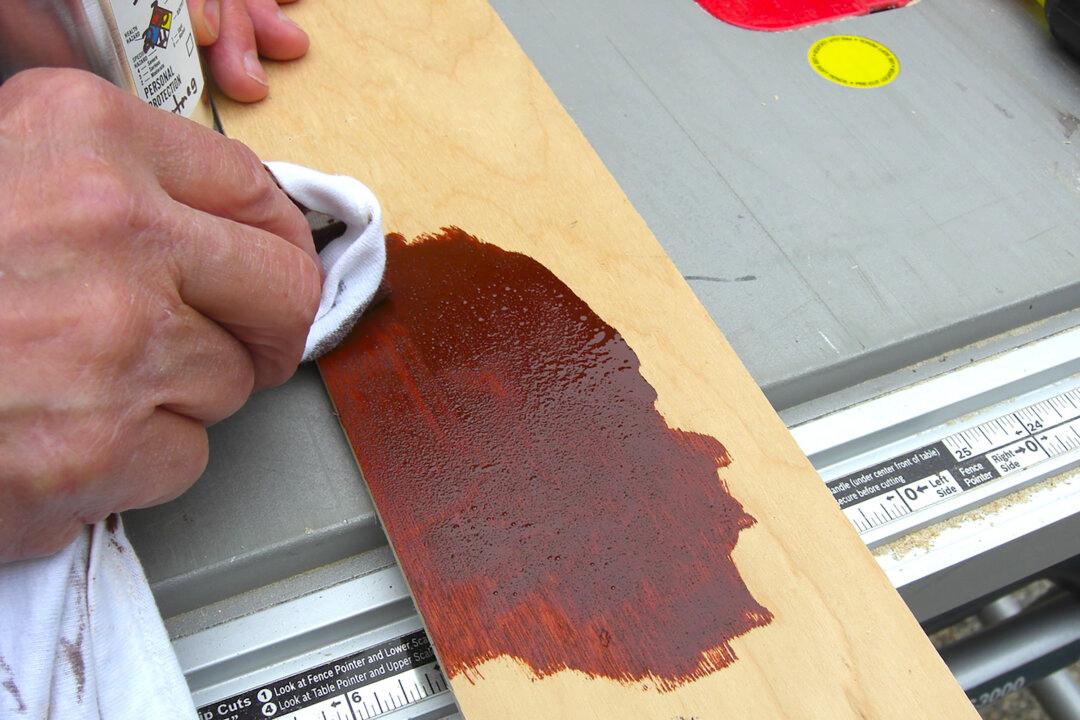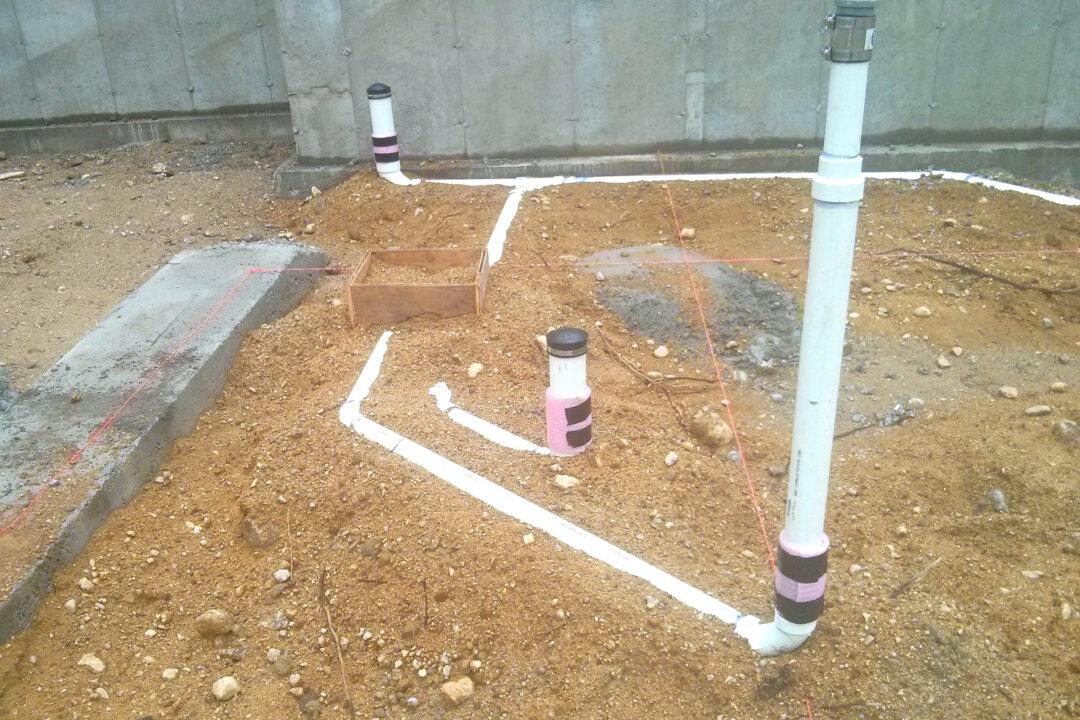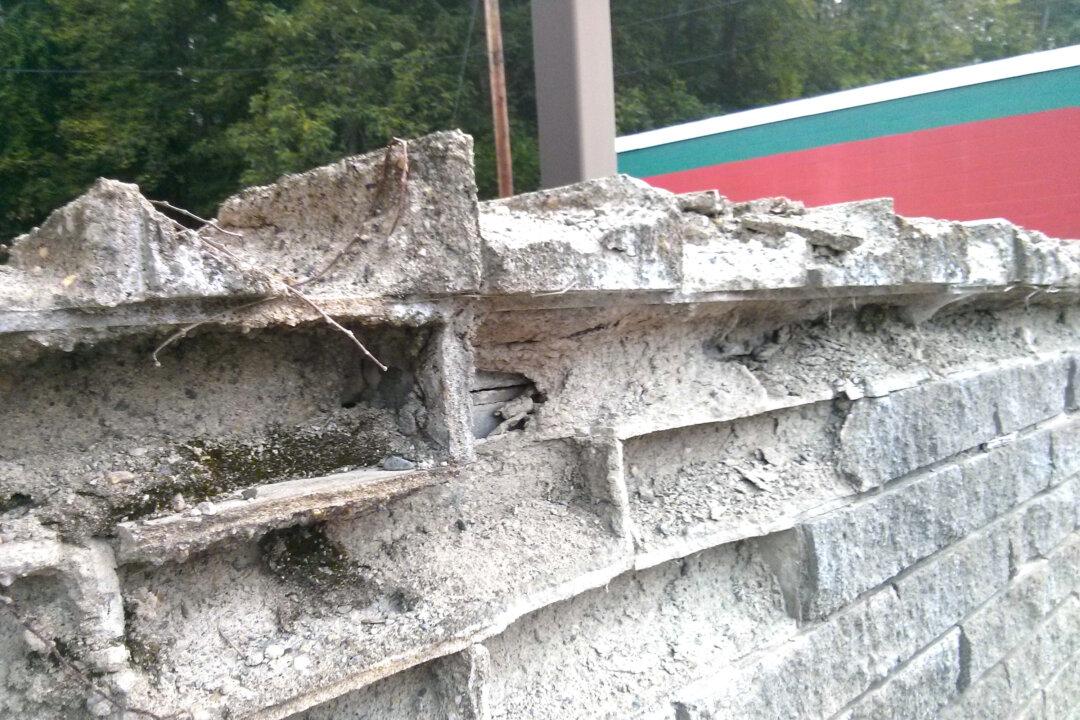The inspiration for this column came to me one Sunday morning as I was greeting people at our church, where my wife and I are ushers. In between people dashing through the door to avoid the drops of rain falling from the steel-gray clouds, I looked across the street. A project at a multifamily building was finally completed.
The final job was to erect a new sign near the sidewalk. This sign was covered by a simple roof structure that was anchored to the ground with two rough-sawn 8x8s. They were either oak or cedar. I suspect cedar, based on the nut-brown color. A week before, I had seen all the lumber on a pallet ready to be installed. That’s how I know the posts were solid wood.
Cedar contains natural wood-preservative chemicals, much like redwood. However, it’s not immune to wood rot. In this case, the architect called for the wood posts to be buried and surrounded by concrete. This prevents the structure from tipping over in a windstorm. Vandals could also push it over if above-ground posts were connected to the piers using normal deck-post hardware.
The better solution might have been to use 6x6 treated lumber posts rated for burial and ground contact. A good carpenter, using a table saw, could have easily duplicated the look of a solid cedar post by wrapping the treated lumber posts with four mitered pieces of 3/4-inch cedar.
Are you building a new home or a room addition? Will it be built using lumber? If so, it’s vital this wood be protected from water that will leak past brick and stone veneer, vinyl siding, wood or fiber-cement siding, or any other exterior finish. Many decades ago, builders used 30-pound tar paper to waterproof their wood-frame houses.
I had the good fortune to work with tar paper early in my career. I cut my teeth in the rehabilitation and remodeling business. I took apart old houses and could see tar paper that was 80 years old and still doing its job keeping wood rot at bay.
There are many new products that have taken the place of tar paper. Your job is to get one that allows water vapor to pass through it but not liquid water. Just about every water barrier sold has this capability.
Think about the interior areas of your house that might suffer the most from water or water leaks. Bathrooms come to mind. Imagine treating the wood floor joists with copper napthenate. This is a liquid you can paint onto any untreated lumber. Copper is a natural biocide. It’s the primary component in treated lumber you purchase for outdoor use.
You can even buy treated plywood for floors if you want to prevent tubs and toilets from falling into the room below. I just bought some last week to use as a false floor in some outdoor planters for my lovely wife. Some engineered subflooring says it’s water resistant and maybe waterproof, but I prefer to use real treated plywood. That’s what you’ll find in my outdoor shed. I didn’t want to ever worry if the floor would rot out.
Are new windows or exterior doors in your immediate or near future? If you have wood under these, you need to make sure water never gets to the wood. Flashing kits are available for exterior doors. You can also make your own using thin moldable copper. Flashing tapes can be used to create waterproofing under windows. There are quite a few very good videos, including one I recorded years ago, showing how to use this tape under doors and windows.
What about your roof? Did you know the vast majority of wood rot on roofs happens near or below roof flashings? Flashings are transitional roofing materials. They connect roofing material to things that are not roofs.
Understand that caulk is not a long-term solution for poor flashing jobs. Roofing cement is no better. This black asphalt cement is just a temporary patching material. The sun’s ultraviolet rays work rapidly to destroy exposed asphalt.
To prevent wood rot on your roof, flashing work must be superior. Once again, there are lots of great videos online, some by flashing manufacturers, that show you the correct way to create rot-proof roofs. You need to understand the process so when you interview roofers you can see if they know the best way to install the flashings.







